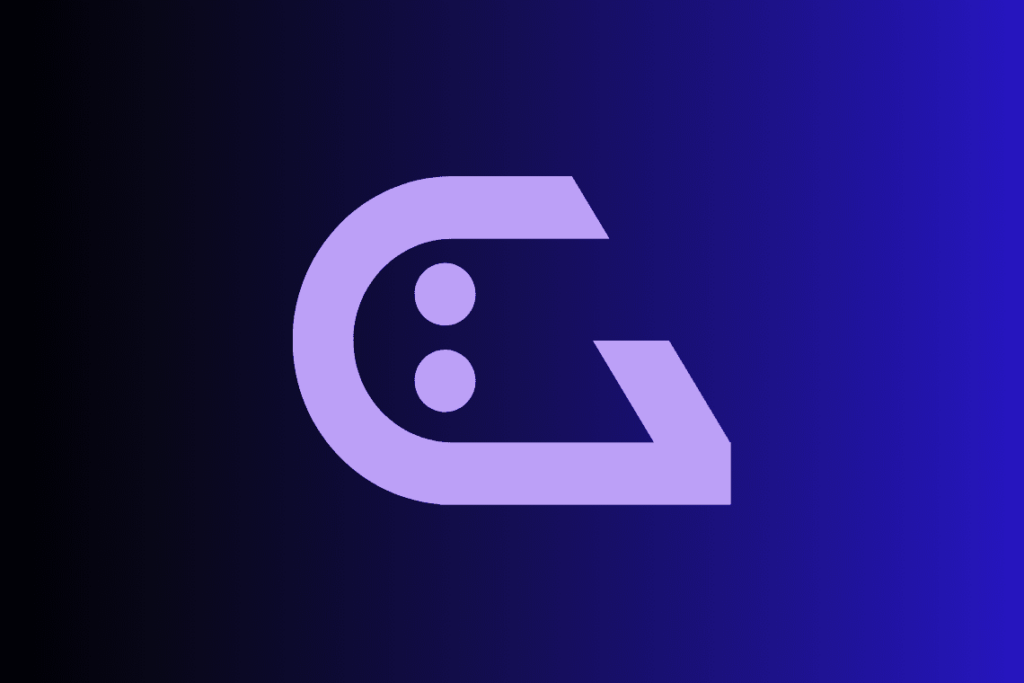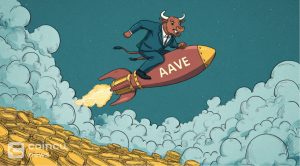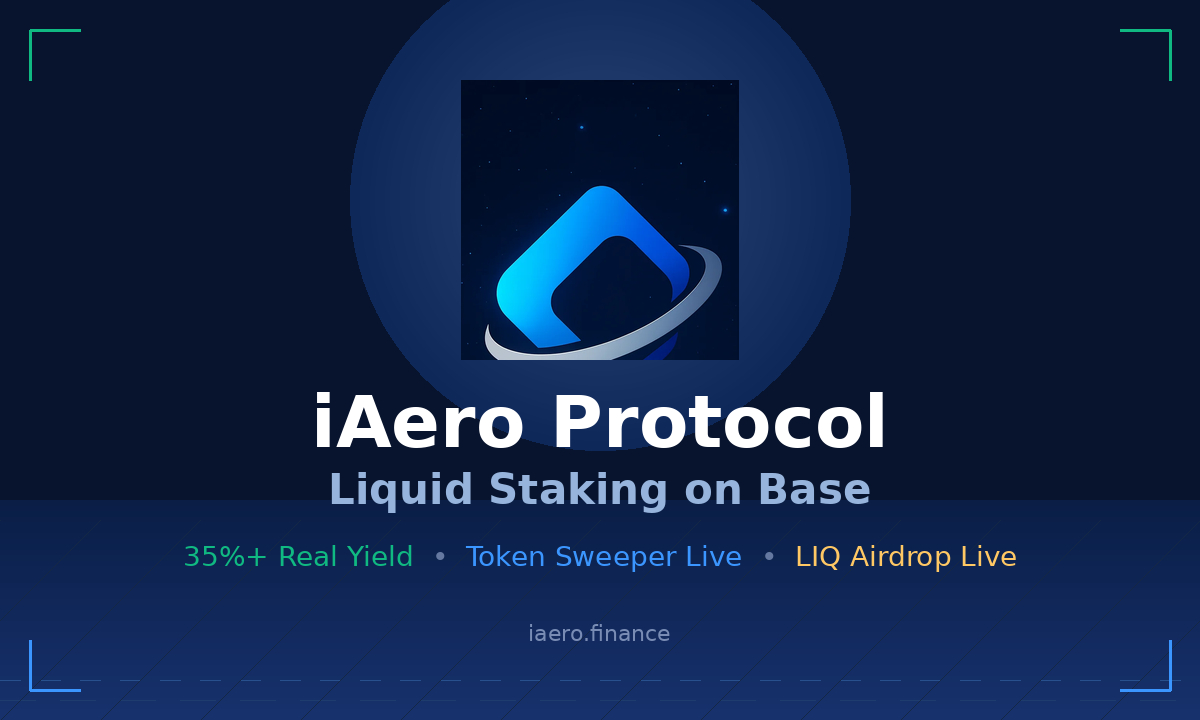The Aave Community Recommends Increasing The GHO Lending Rate To 2.5% To Avoid Depeg
Key Points:
- Aave’s community is voting on raising GHO’s lending rate from 1.5% to 2.5% to enhance its market credibility and address peg bias.
- GHO’s rapid growth to 22 million in circulation is attributed to its borrowing rate strategy and liquidity appeal, despite market difficulties.
The Aave community is gearing up for a crucial vote on the ARFC proposal aimed at “increasing the GHO lending rate.”

Since its recent launch, GHO has rapidly gained ground, achieving a circulating supply of 22 million within mere weeks. Notably, its growth trajectory defied adverse market conditions, attributed in large part to its borrow rate for GHO being positioned below the prevailing stablecoin borrow rates.
While robust liquidity and expansion serve as GHO’s primary market strategy, the current peg deviation (currently around $0.975) has hindered its growth and eroded market trust.
The proposal’s focal point is the elevation of GHO’s annual loan interest rate, presently at 1.5%, to a proposed 2.5%. The motivation behind this move is twofold: to tackle GHO’s peg bias and bolster its market credibility and expansion prospects.
The voting process, scheduled to commence tomorrow, is set to conclude on September 3.
This, coupled with the scarcity of holding avenues and the inability to employ GHO as collateral, has propelled strategies like single-side liquidity provision in stableswaps, particularly within Balancer pools.
The proposal gains additional significance within the context of an impending sDAI onboarding integration. This integration is predicted to exert downward pressure on GHO due to short-term selling, particularly under the existing borrow rate regime, further exacerbating the GHO peg challenge.
As Coincu reported, Aave announced a temporary halt to the GHO stablecoin’s ecosystem integration. The choice was made in response to the identification of a technical issue that temporarily suspended GHO under the control of Aave Guardians during the integration of GHO with the Aave V3 GHO pool.
DISCLAIMER: The information on this website is provided as general market commentary and does not constitute investment advice. We encourage you to do your own research before investing.






















